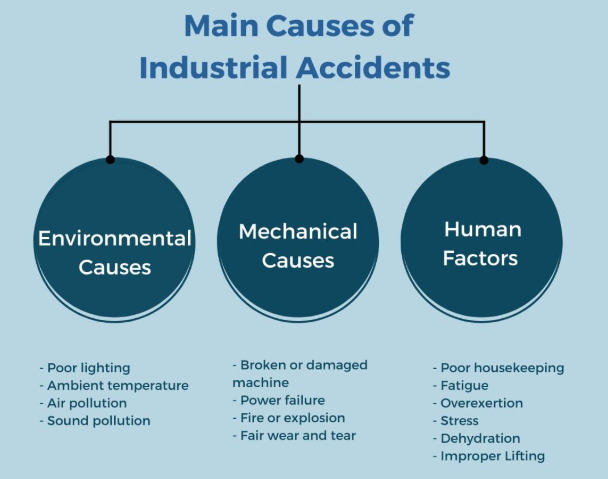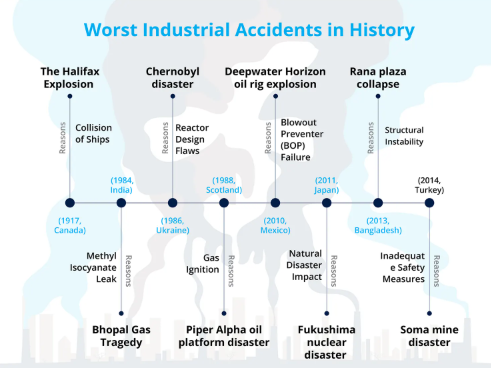7667766266
enquiry@shankarias.in
Mains: GS III - Disaster and Disaster Management
Recently, the explosions at Sigachi Industries in Telangana, and a firecracker unit disaster in Tamil Nadu raised deeper insights on ongoing national crisis of industrial accidents.


The Hindu| Industrial Accidents